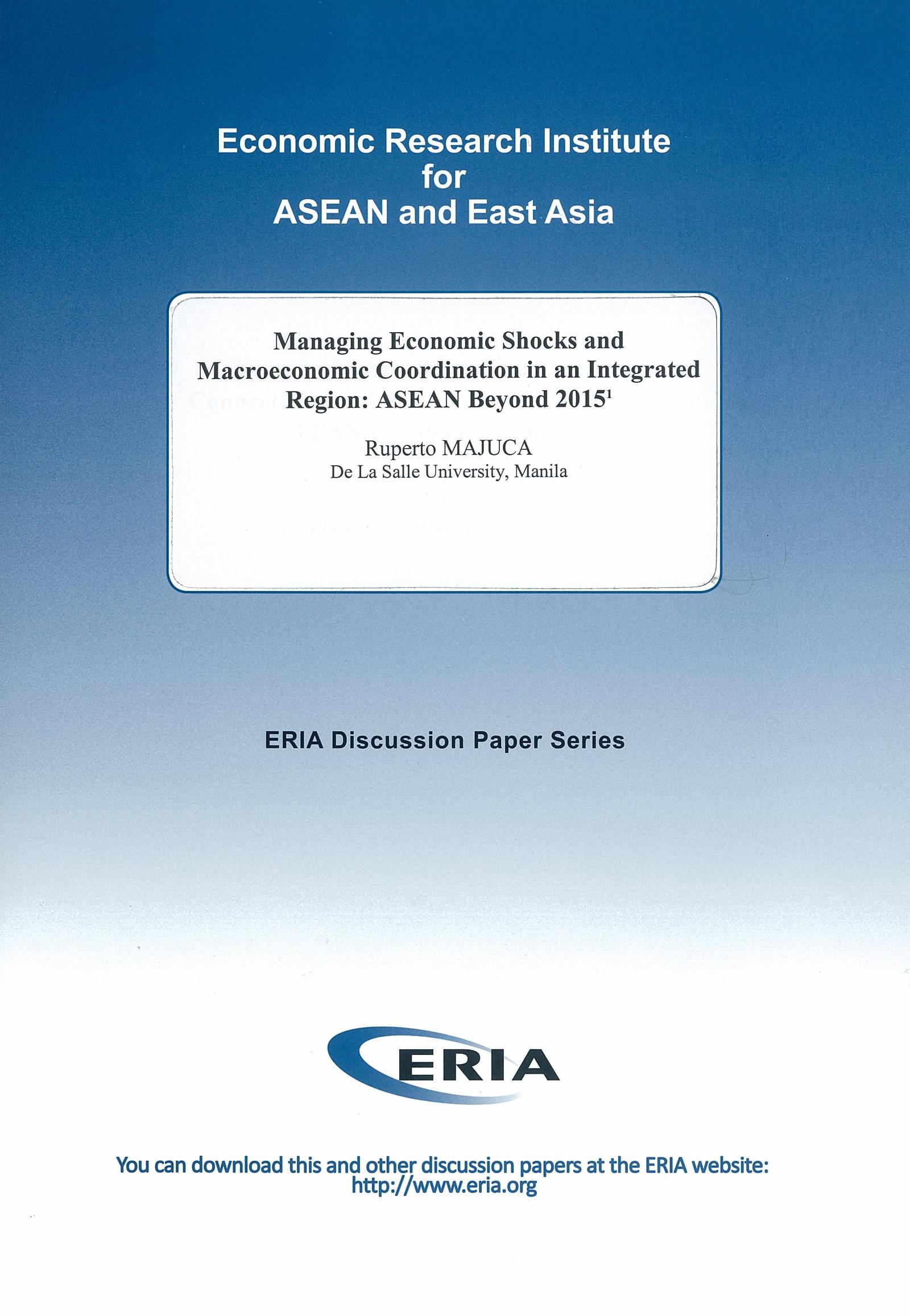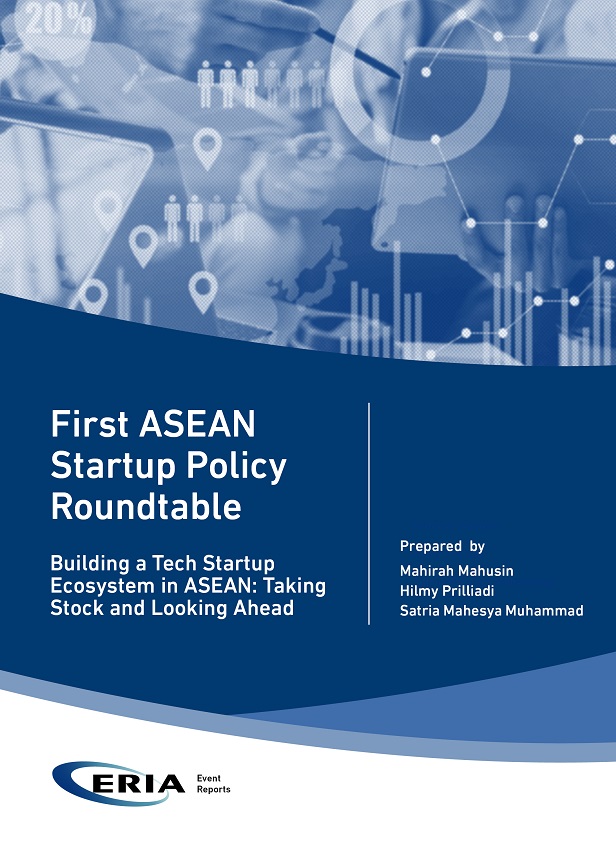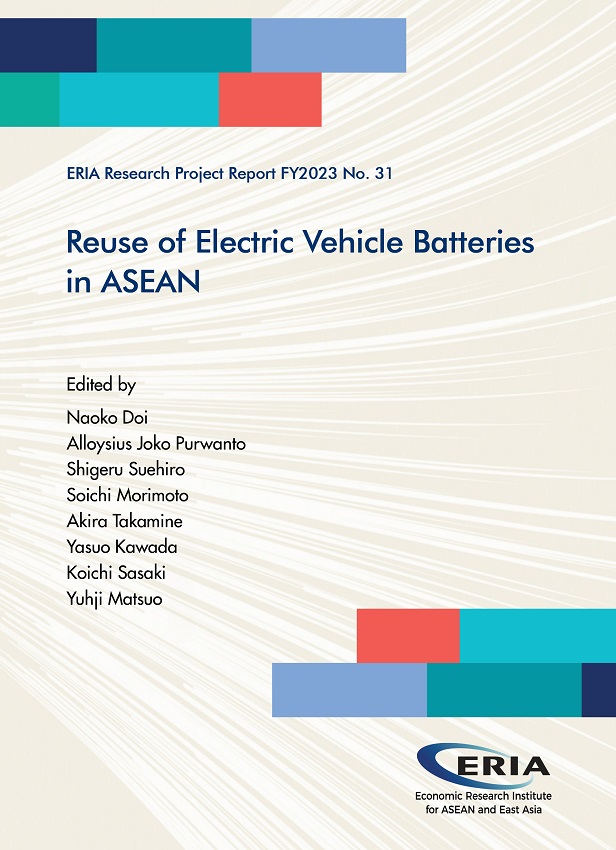Managing Economic Shocks and Macroeconomic Coordination in an Integrated Region: ASEAN Beyond 2015

Date:
16 September 2013Category:
ASEAN, Competitiveness, Finance and MacroeconomyType:
Discussion PapersTags:
MacroeconomyPrint Article:
Abstract
We examine the transmission of economic shocks both from the rest of the world into the ASEAN region, as well as the transmission of such shocks from the rest of the row and ASEAN into a typical AMS. The approach we take is three-pronged. First, we will look into the trade and financial linkages of a "typical" AMS. By "typical", we mean representative AMSs, e.g., Singapore for a developed country, Philippines or Indonesia for ASEAN5 economies and Vietnam for the CLMV (Cambodia, Lao, Myanmar, Vietnam) economies. We look at trade and financial linkages between these typical AMSs, the ASEAN as a whole, and the rest of the world. Second, we employ a specialized type of vector autoregression (VAR) model to decompose the shocks into trade shocks, financial shocks, and commodity price shocks. This we do for the typical AMS in relation to ASEAN and the rest of the world. By decomposing the shocks into their constituent components, we hope to glean important insights on, among others, which component shocks are more important for the typical AMS. Third, we estimate a global projection model in order to analyze how key macroeconomic variables (GDP, inflation, unemployment rate, interest rate, and exchange rate) are interrelated across regions (e.g., U.S., EU, Japan, China) and how these shocks are transmitted across these regions, and from these regions into ASEAN and a typical AMS. This way, we hope to trace how a shock originating from the U.S., for example, will impact EU's, Japan's, China's, and eventually ASEAN's, and a typical AMS's GDP, inflation, unemployment, interest rate, and exchange rates. We then conclude with an analysis of the implications of these on how to manage the economic shocks in an integrated region, as well as the implications for macroeconomic policy coordination in the region.




